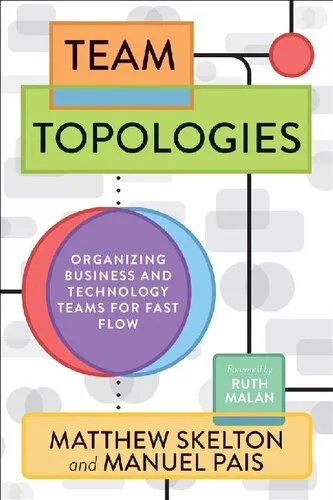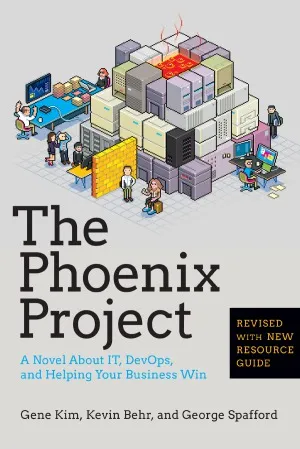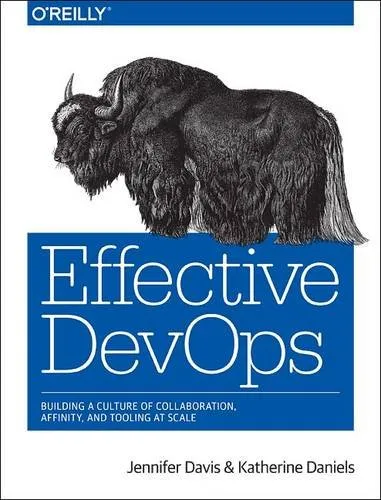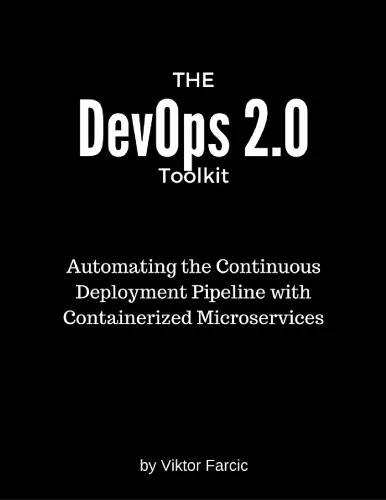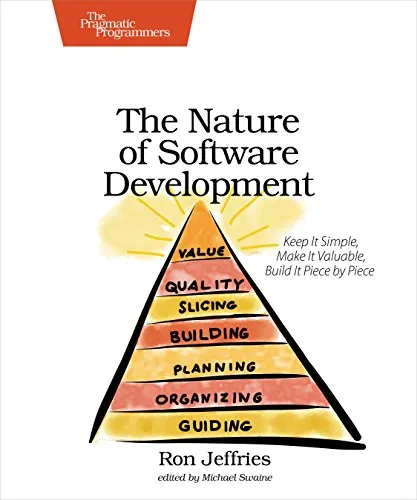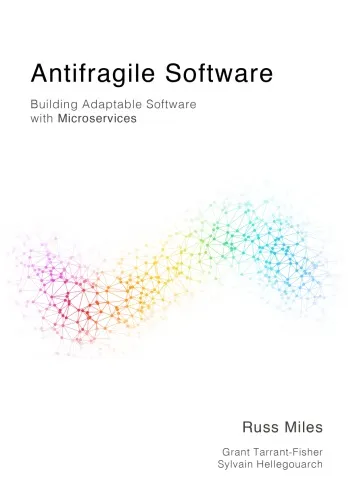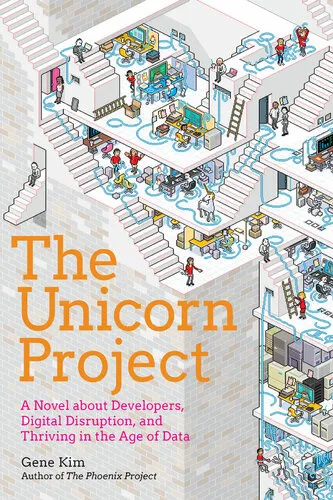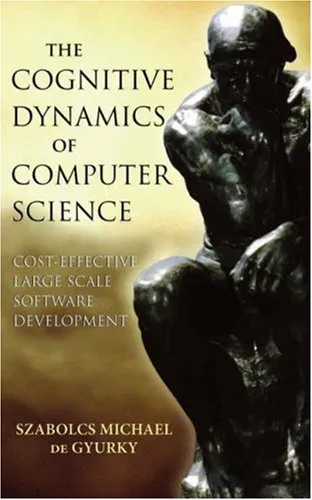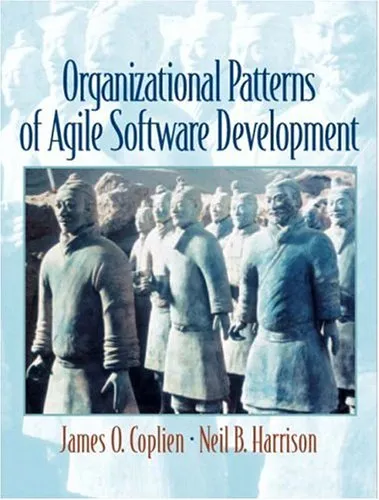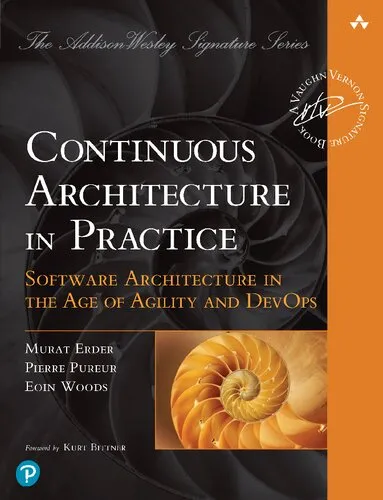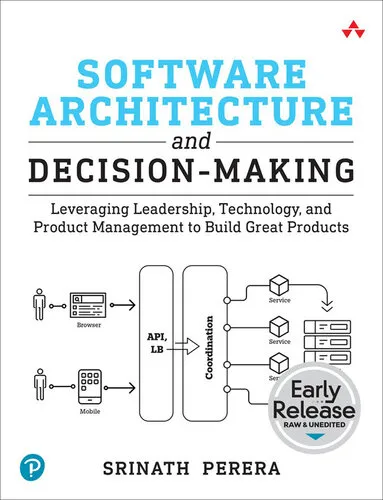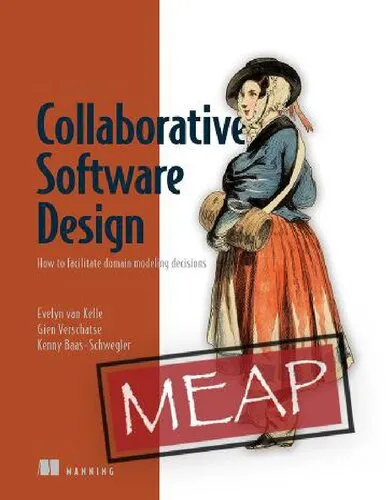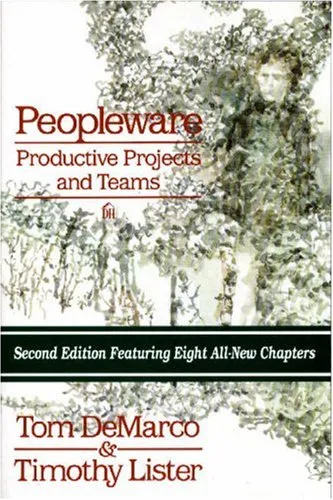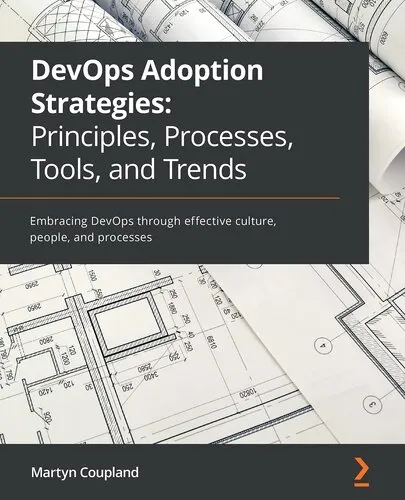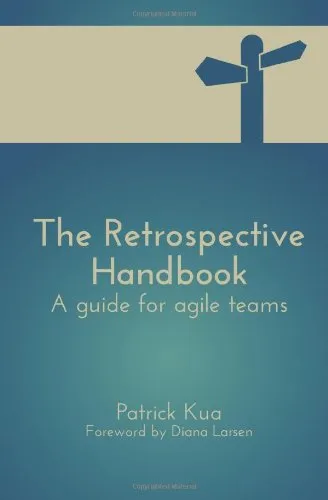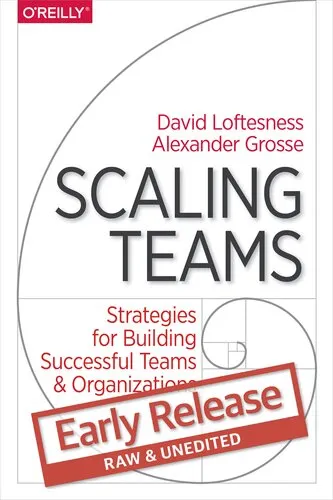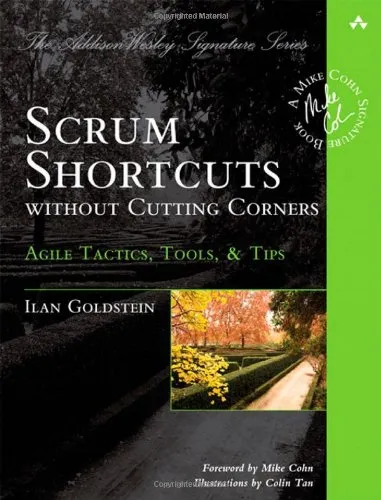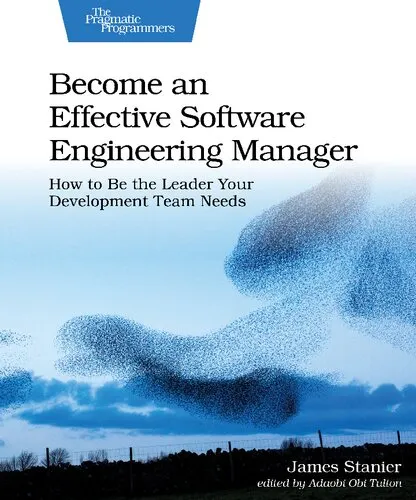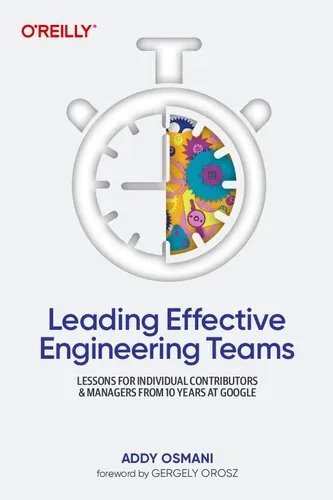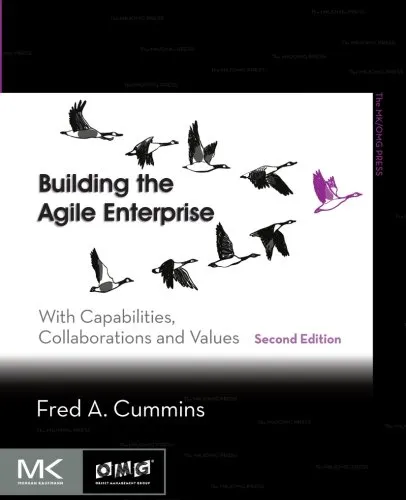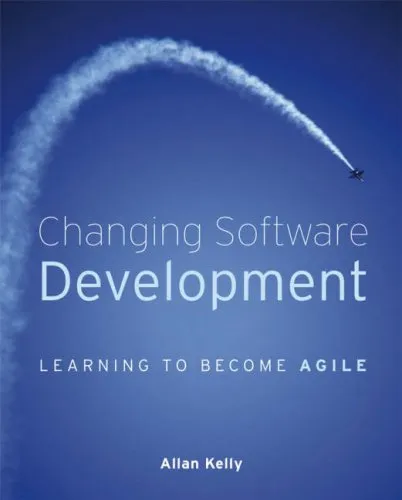Team Topologies: Organizing Business and Technology Teams for Fast Flow
5.0
Reviews from our users

You Can Ask your questions from this book's AI after Login
Each download or ask from book AI costs 2 points. To earn more free points, please visit the Points Guide Page and complete some valuable actions.Related Refrences:
Persian Summary
Organizing teams in a way that best enables fast software delivery is a challenge faced by many technology-driven organizations. Our book, "Team Topologies: Organizing Business and Technology Teams for Fast Flow," aims to tackle this challenge by offering a practical approach for reconceiving team design, interaction, and dynamics for optimal performance and adaptability.
Detailed Summary of the Book
In "Team Topologies," we explore the fundamental question of how to structure technology teams to deliver value continuously and efficiently. The book guides readers through an in-depth understanding of why team structure and interactions matter. We introduce four fundamental team topologies—stream-aligned, enabling, complicated subsystem, and platform teams—that align with product delivery value streams. Each topology is designed for a particular purpose, ensuring teams have clear responsibilities and ownership over parts of the system.
The book delves into the importance of team interactions, coining the term "team API" to describe the interfaces through which teams communicate and collaborate. We propose adopting defined modes of team interactions: collaboration, X-as-a-Service, and facilitating to address different collaboration needs. We also delve into Conway's Law, emphasizing the bidirectional relationship between organizational structure and software architecture.
By highlighting these interconnections, we guide leaders in reimagining their environments to reduce cognitive load and establish psychology-safety, resulting in a faster flow of change. With a focus on the evolving world of software development and delivery, the book suggests organizations should shift from project-based work towards a product-centric model and embrace a growth mindset across all divisions.
Key Takeaways
The primary lessons from "Team Topologies" include the following:
- Understand the four fundamental team topologies and their specific purposes: stream-aligned, enabling, complicated subsystem, and platform teams.
- Learn how to establish interfaces for team interactions and the advantages of adopting different interaction modes: collaboration, X-as-a-Service, and facilitating.
- Adopt a model that aligns organizational structure with software architecture through the lens of Conway’s Law.
- Address the cognitive load on teams to improve productivity and make sustainable improvements in work culture.
- Shift from project-driven approaches to long-lived product-centric teams to enhance delivery speed and quality.
Famous Quotes from the Book
Several key insights from "Team Topologies" resonate with readers, including:
"Successful teams will minimize their cognitive load and creatively combine the types of team interactions."
"The right topology will encourage healthy team dynamics and accelerate software delivery."
Why This Book Matters
In today's fast-paced digital era, businesses must adapt their structures to deliver technology solutions efficiently. "Team Topologies" offers a fresh perspective on organizing teams, rooted in real-world application and experience. The book fills a critical gap by providing actionable guidance grounded in modern software engineering principles.
Proper team structuring enhances communication and reduces delays, leading to a more responsive and agile organization. This book not only equips leaders and decision-makers with the tools to evolve their team topologies but also empowers teams to take charge of their interactions and workflows, fostering a culture of continuous improvement.
Free Direct Download
You Can Download this book after Login
Accessing books through legal platforms and public libraries not only supports the rights of authors and publishers but also contributes to the sustainability of reading culture. Before downloading, please take a moment to consider these options.
Find this book on other platforms:
WorldCat helps you find books in libraries worldwide.
See ratings, reviews, and discussions on Goodreads.
Find and buy rare or used books on AbeBooks.
1832
بازدید5.0
امتیاز1
نظر98%
رضایتReviews:
5.0
Based on 1 users review
hossein571
June 27, 2025, 11:38 a.m.
Good insightful books
Questions & Answers
Ask questions about this book or help others by answering
No questions yet. Be the first to ask!
